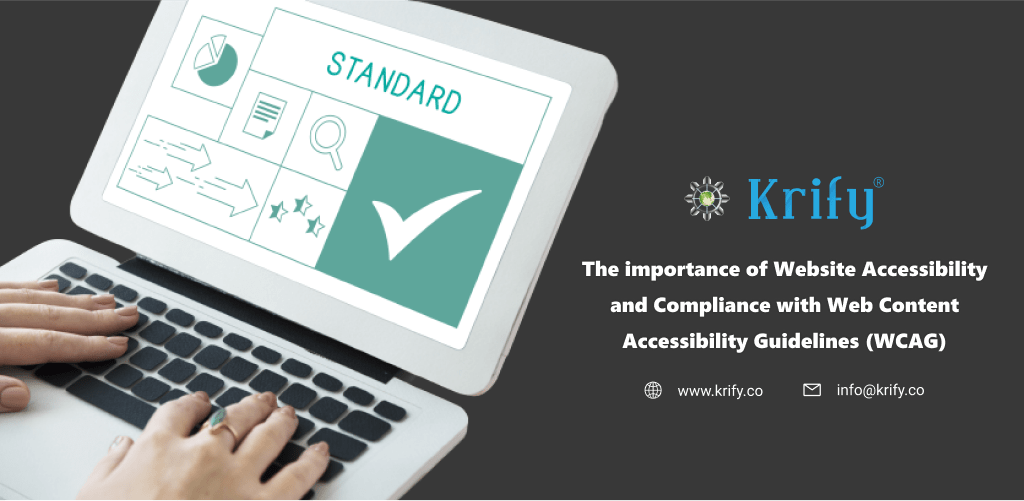The internet is an essential element of our life in today’s society. It connects us to people and information all over the world while also allowing us to access goods and services from the comfort of our own homes. Matter of fact, not everyone can easily utilize the internet. Many people with disabilities, including those with visual, auditory, and movement impairments, struggle to access websites that developers have not designed with adaptability in mind. This is where Website Accessibility and Web Content Accessibility Guidelines (WCAG) compliance come into play.
Website Accessibility
Website accessibility refers to the process of designing and creating websites in such a way that they are accessible by everyone, including individuals with disabilities. This involves ensuring that we maintain the accessibility of the websites for adaptive equipment such as screen readers and keyboard navigation, and that we present content in a comprehensible manner.
World Wide Web Consortium
The World Wide Web Consortium (W3C) developed the Web Content Accessibility Guidelines (WCAG) as a collection of global standards to provide a basis for website accessibility. These guidelines classify criteria into three degrees of compliance: A, AA, and AAA. Each level has its own set of requirements for websites to meet to be considered accessible.
It is hard to overestimate the importance of website accessibility and WCAG compliance. For one reason, it is a legal requirement in many countries. The Americans with Disabilities Act (ADA), for example, prohibits discrimination against persons with disabilities and requires that websites be accessible to all. Failure to satisfy accessibility standards may result in legal action and heavy fines.
Apart from legal duties, making your website accessible is simply the right thing to do. Everyone, regardless of ability, should have the chance to learn and participate fully in society. Making websites accessible benefits not only persons with disabilities, but also everyone, regardless of device or internet connection.
Website accessibility has also been shown to have economic benefits. In a world where online purchasing and e-commerce are growing increasingly popular, inaccessible websites are losing prospective customers. Companies may increase their market reach and bottom line by making their websites more accessible.
To ensure website accessibility and WCAG compliance, website designers and developers must educate themselves about accessibility standards and the needs of persons with disabilities. Businesses should be aware of the WCAG standards and incorporate them into their design and development processes.
Testing is also an important part of guaranteeing website accessibility. To ensure that persons with disabilities can access websites, types of technologies such as screen readers and keyboard navigation should be verified. Regular testing and inspection can assist in ensuring that accessibility criteria are met over time.
Conclusion:
Developers must ensure website usability and WCAG compliance to create a more accessible and equitable internet. Not only is this the law in many nations, but it is also the appropriate thing to do. We can assure that everyone has the opportunity to learn and may participate fully in society by designing and developing websites with accessibility in mind. Let us work together to make the internet more accessible to everybody.
At Krify, our well-trained specialists, who stay up to date on the latest technologies, dedicate themselves to offering the most efficient solutions depending on the needs of our clients. If you are uncertain about the backend technology to choose for your website development, don’t hesitate to contact us. Our highly experienced specialists will assist you in selecting the optimal technologies.



